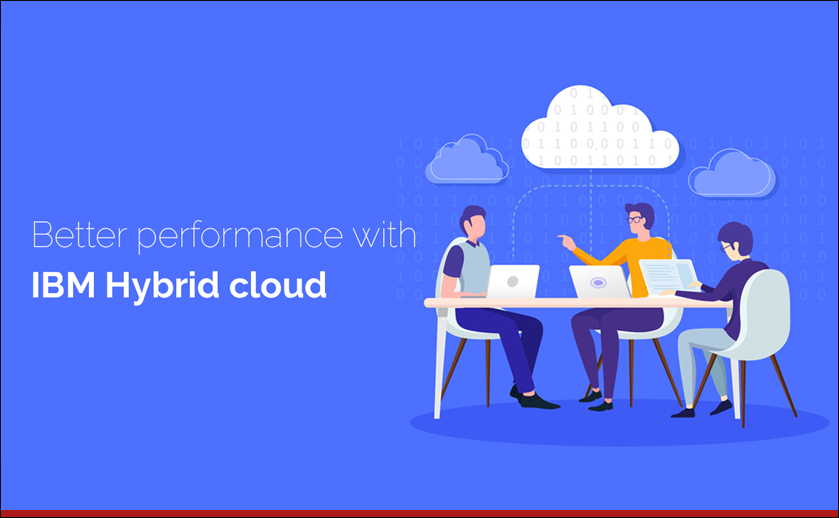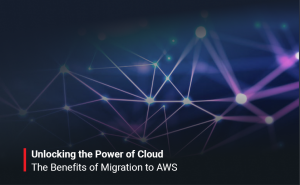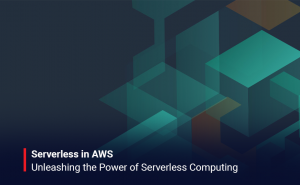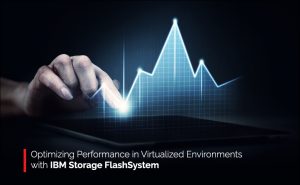The “new normal” business world requires higher efficiency, security, and overall better consistency- with zero allowance for security flaws, slowdowns, or errors. In the wake of the global pandemic, clients’ top priorities are to satisfy the new and dynamic business conditions by:
- Creating and testing modern apps swiftly
- Shifting/migrating tried and tested business apps to the cloud
- Scaling workloads to meet the new patterns of end-user demand and access
IBM plans to put Power Systems at the core of the strategies in the hybrid cloud. As per the organization’s recent announcement, Power Systems are essential platforms for deployment, application modernization, and management. Customers updated their critical apps to deploy in the hybrid cloud- covering private clouds, public clouds, and data centers.
Hybrid clouds are being put to use in the real world
The initial cloud revolution started in 2008-2009, driven by swiftly changing economic situations that accommodated faster-deployed services than infrastructure build-outs. Business execs would initiate app development and testing projects by charging the corporate credit card.
The current pandemic, which began a year ago, significantly supports and pushes a new form of cloud migrations, as many business apps are being updated(modernized) for efficient use in the hybrid cloud. Pay-as-you-go, subscription-based cloud services are the modern counterpart of the credit card for cloud computing practices.
The modernization practice enables organizations to use cloud economics to link customer-facing and back-office systems. Often, it is the first case of such “front” and “back” IT systems being smoothly connected and managed- usually by a single operations department.
Being prepared for future business tasks
Re-coding mission-critical apps can be just as complicated as trying to make a change in any other industry while the solution is in effect. Time is critical for DevOps groups. At the same time, reliability and flexibility also take top priority in the customer-facing departments of organizations that require their systems to be available 24/7.
Such factors are the major drivers for change in the new normal conditions across the world. Things will not be the same as before because too many “automation islands” cannot work cohesively in a straightforward manner. For most businesses, identifying platform-specific skillsets to handle all their systems was and remained to be complicated. Clients can harvest significantly higher processing power more rapidly than before by bringing storage, compute, and network resources together. By running modernized apps in the hybrid cloud, they will run across the world, literally crossing main time zones. Organizations will migrate faster to the hybrid cloud with faster migrations, leveraging both cloud-native and enterprise applications.
Summing it up, modernization and hybrid clouds help organizations to align their IT goals with business objectives for better resiliency, flexibility, and higher availability. Such businesses have a consistent operating model that connects their private clouds, public clouds, and data centers deployed across the organization and the world. A hybrid cloud strategy that brings together front-end systems for customers and back end-systems for financial transactions and enterprise apps- directly satisfies both the vital factors of end-to-end enterprise computing.






